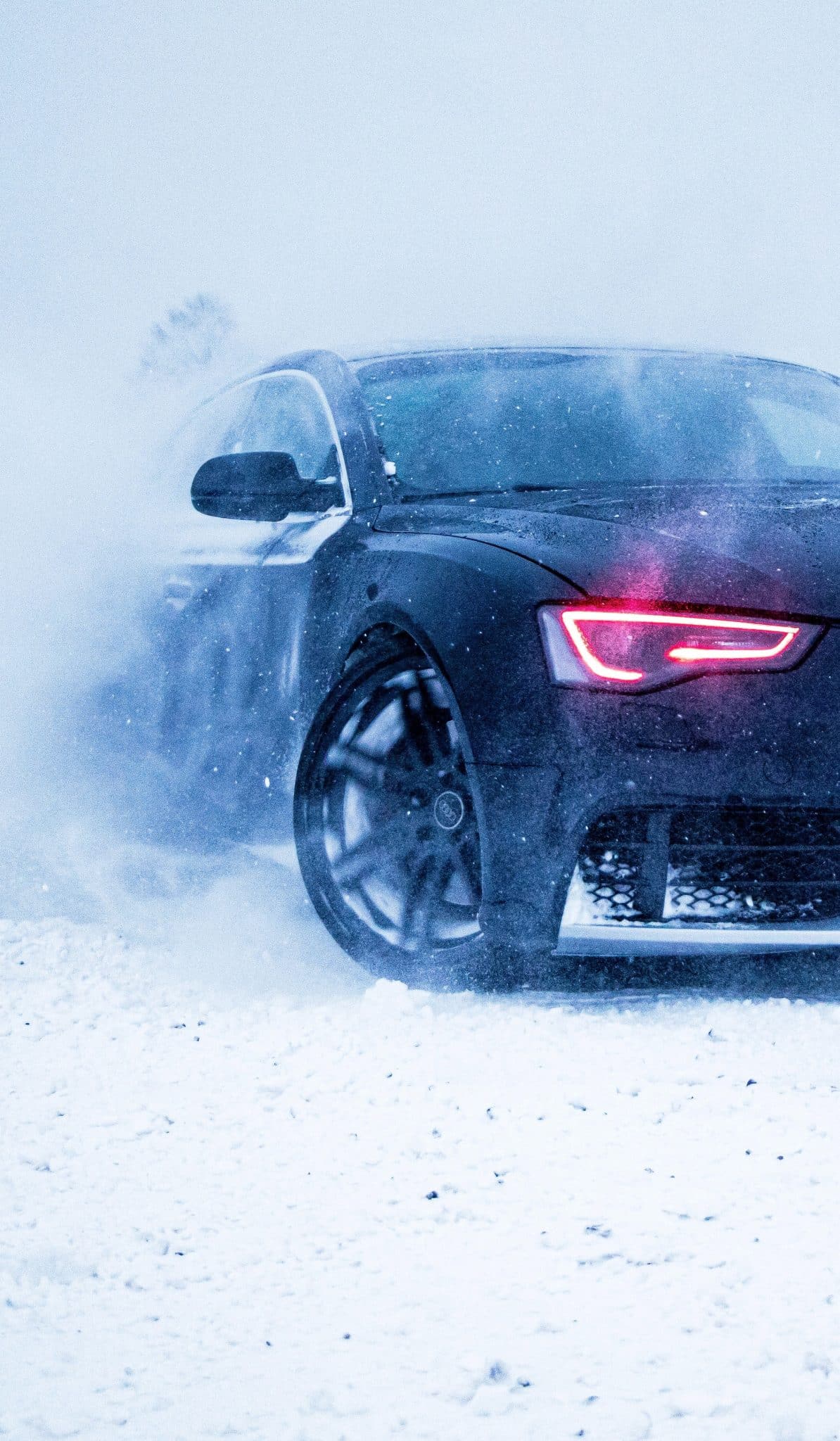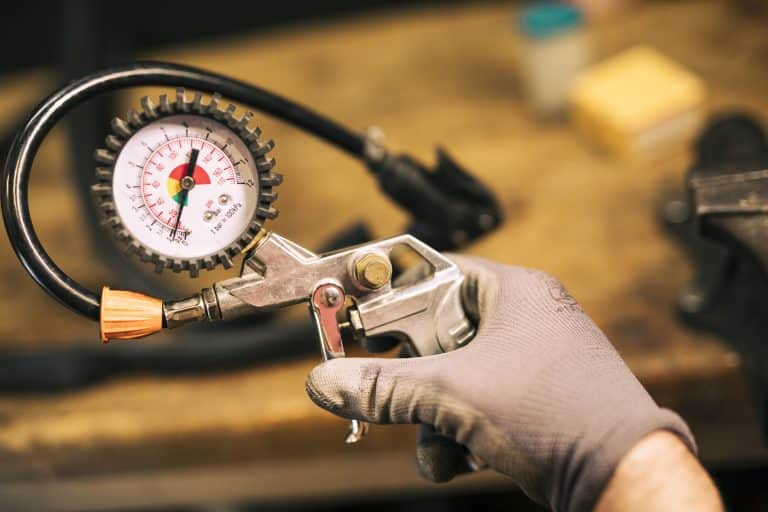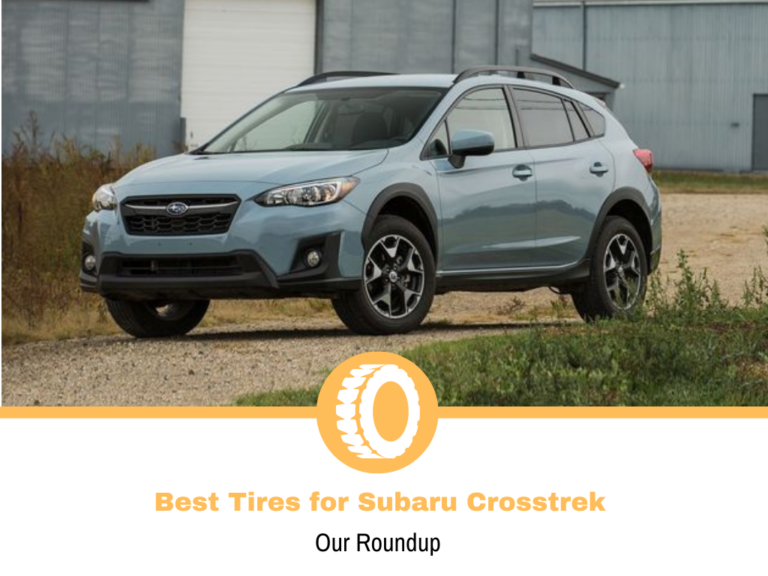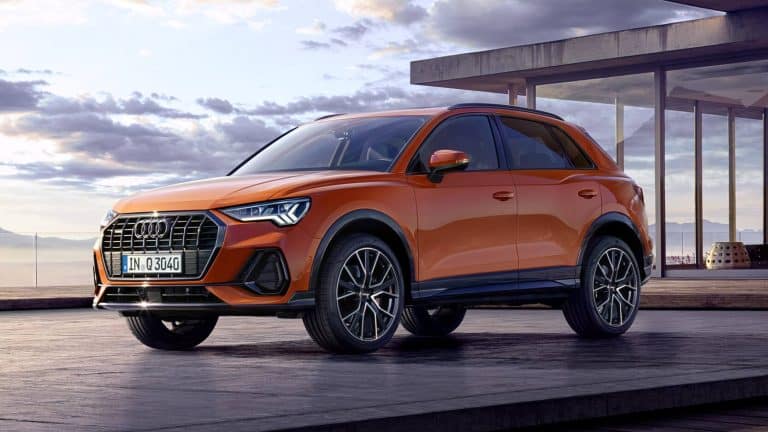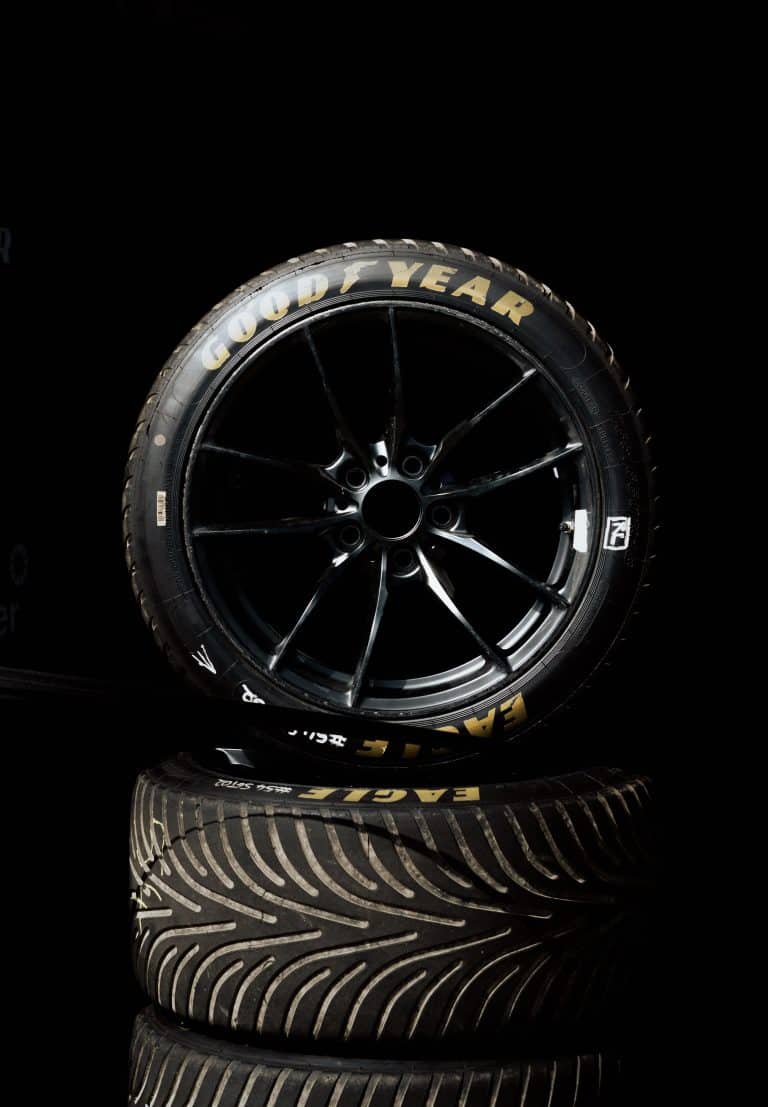The 8 Best Winter Tires for the EVs
Many people are surprised to know that the best winter tires for gas cars aren’t necessarily the best for EVs. While there are a few exceptions, most of the time, snow tires developed for gas cars pose three major problems when put on electric cars.
The first of which is excessive road noise. Unlike vehicles running on gas, EVs have no engine noise masking the sound a winter tire’s tread makes on the road. As such, only snow tires with specialized tread designs can offer the quiet ride EVs are famous for.
Ordinary winter tires may also hurt your EV’s range. These tires are designed to offer maximum traction in snow and ice, which often comes at the cost of higher rolling resistance. So, if you install them on your EV, get ready for more charging pit stops.
Lastly, EV tires have to brake and turn more weight, while also handling a higher low-end torque when starting from a stop. As a result, if you put normal winter tires on your electric car, they will wear out faster and require replacement much sooner.
Here are some of the best winter tires for EVs:
#1. Nokian Hakkapeliitta 10 EV
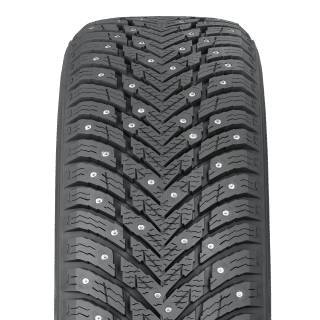
Don't know the correct size tire to purchase? Start here!
Several qualities make the Hakkapeliitta 10 one of the best winter tires for EVs.
The first of which is that it won’t hurt your EV’s range. A low rolling resistance means that this tire won’t drawing much juice from your car’s battery even as it battles harsh wintry conditions. As a result, you won’t have to undertake too many recharging pit stops.
Another is that it can handle the added weight EVs put on tires without suffering excessive wear in the process. How so? A specialized tread pattern helps it evenly distribute all the weight put on it, helping you get a few extra winters on your investment.
There’s another reason you might want to install this tire on your EV – its built-in studs won’t need replacement anytime soon. This distinguishes it from other studded tires, whose metal inserts break apart due to wear and tear experienced during driving.
Fortunately, that is one thing you won’t have to worry about with this tire. Why? Nokian has attached an extra layer of rubber on the inner side of its tread. The built-in studs latch onto this layer, reducing the risk of rough or speedy driving causing stud separation.
To further sweeten the deal, Nokian has equipped this model with Silent Drive Technology. This technology relies on the above layer of rubber to absorb vibrations and deflect noise. The result? A reduction of up to 6 decibels in noise heard inside the cabin.
Pros
- Offers remarkable snow and ice traction
- Surprisingly quiet for a studded snow tire
- Won’t hurt your EV’s range by much
Cons
- Studded tires aren’t legal in some geographic locations
#2. Michelin X-Ice Snow
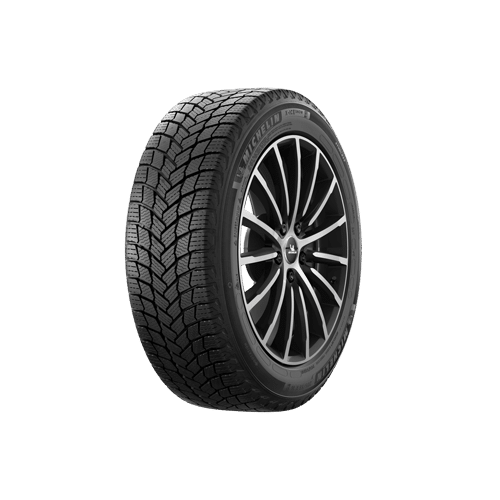
Don't know the correct size tire to purchase? Start here!
The Michelin X-Ice Snow is another excellent option for EV drivers who want a tire that performs reliably on snow and ice and won’t hurt their EV’s range.
One of the best things about this tire is that you can run it studded or studless. This makes it as good an option for fresh/packed snow (on which studded tires fare better) as for snow unpacked by lots of traffic (where studless tires offer adequate traction and grip).
The X-Ice is also excellent in terms of rolling resistance. While estimates are hard to come by, there’s an overwhelming number of EV drivers claiming that this tire won’t hurt your EV’s range much, great news considering that EVs’ range already takes a hit in the winters.
Another thing I like about it is that it’s very reliable on ice. It seems to strike an ideal balance between traction and stability, while at the same time resisting hydroplaning. Plus, it comes in a large number of sizes and can thus be put on electric cars, SUVs and light trucks.
A 40,000-mile treadwear warranty further distinguishes this model from rivals. Most of which come with no guarantee whatsoever, let alone one that can rival that of mid-range all-season tires. If the warranty offers a clue, you could get at least three winters out of this tire.
Pros
- Comes with a 40,000-mile treadwear warranty
- Allows you to run it studded or studless
- Offers a quieter ride than many of its competitors.
Cons
- Doesn’t come cheap
#3. Nokian Hakkapeliitta R5 EV
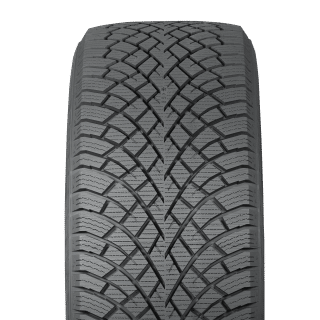
Don't know the correct size tire to purchase? Start here!
The Hakkapeliitta R5 is an excellent option for areas where winters are cold and wet.
As with other Nokian tires, it has been developed and tested in Ivalo, one of the northernmost villages in one of the most northern most nations of the world. This should convince you that it can safely carry you from point A to point B in harshest wintry conditions.
Sounds like a hyperbole? It’s time that you look at this tire’s winter-specific design elements, the most notable of which is the double block grip design. Containing 40% more blocks than the R3, it creates a large contact patch which, as you might guess, means more grip.
The Hakka R5’s also feature the company’s unique Arctic Grip Crystals. Now in their 3rd generation, these microscopic ‘studs’ only emerge as the tread around them has worn down. The result? A reduction in braking distances by 5.6 meters vis-à-vis the Hakkapeliitta R3.
All the above qualities are common between the standard R5’s and R5’s designed for EVs. That isn’t the case with Nokian’s Silent Drive Technology. Only available on the company’s electric vehicle tires, this technology eliminates most noises that enter the cabin.
Pros
- Carries the Three Peak Mountain Snowflake symbol
- Delivers a quiet and comfortable ride
- Offers superb and long-lasting ice grip
Cons
- Asking price may blow a hole in your pocket
#4. Bridgestone Blizzak WS 90
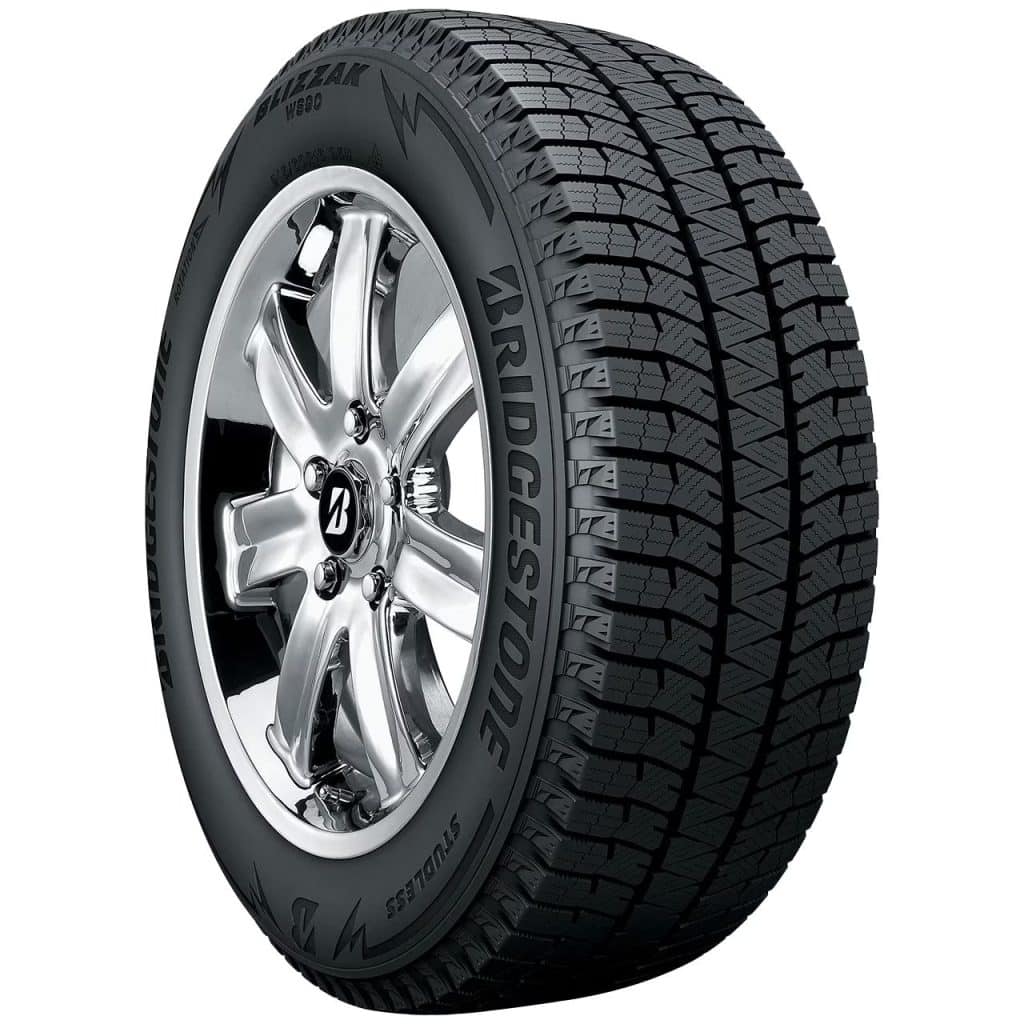
Don't know the correct size tire to purchase? Start here!
Though I typically suggest pairing electric vehicles with specialized tires, the Bridgestone Blizzak WS 90 has made me make an exception.
Mainly because of the way this tire handles sub-zero temperatures. A silica-based tread compound makes sure that its rubber stays flexible even as the degrees on the thermometer are plumbing new lows, thereby enhancing its stability on snow and ice.
Another reason why I’m such a big fan lies in its snow-trapping tread pattern. As the name implies, the pattern captures snow between the treads. It does so to exploit the friction created by ‘snow-on-snow’ contact to boost traction and trim braking distances.
The Blizzak WS90 also boasts a bigger contact patch than many of its rivals. Having a larger meeting point with the surface not only helps it offer higher traction on icy and snowy roads. It will also help it better distribute your EV’s weight while posing lower rolling resistance.
All in all, despite not being an EV-specific tire, the Blizzak WS90 offers three qualities we normally look for in EV tires. These include even load distribution for reduced wear and tear, low rolling resistance for better range, and even wear patterns for an enhanced lifespan.
Pros
- Rated for severe snow performance
- Excellent control and handling on winter roads
- Good load distribution for even wear patterns
Cons
- Zero treadwear warranty
#5. Continental WinterContact TS 870
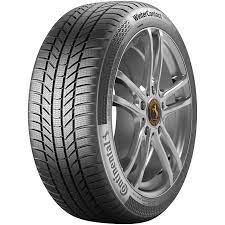
Don't know the correct size tire to purchase? Start here!
The WinterContact TS 870 has what it takes to transform your EV’s behavior in the bleak mid-winter.
How can I be so sure? Because of the high-silica rubber compound used to make the tire. Referred to as Cool Chili, the compound keeps the rubber soft at temperatures as low as -8 degrees Celsius, meeting a requirement any winter tire worth its salt must meet.
The TS 870 also features significant improvements over its predecessor, the highly-rated TS 860. For example, it features more treads to evacuate water. The number of sipes – tiny biting edges that improve any tire’s braking on cold snow – has also risen.
Nokian claims that the above characteristics make the TS 870 a safer option in conditions beset by heavy snow. Users and independent reviewers like Germany’s famous magazine AutoBild – which has issued gushing praises of this model – wholeheartedly agree.
Yet, despite coming first in an annual competition of 50 tires from the world’s leading brands, there are areas where it could improve. For instance, its wet braking distances aren’t as low as some of its rivals. So you might need to slow down a bit driving over cold surfaces.
Pros
- Offers excellent grip for speedy turns
- Superb fuel economy for a winter tire
- Doesn’t cost as much as some of its rivals
Cons
- May lose its advantage in the wet
#6. Bridgestone Blizzak LM005
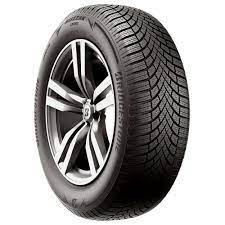
Don't know the correct size tire to purchase? Start here!
Since its launch in early 2019, the Blizzak LM005 has emerged as the winner in 19 different tire tests, cementing its status as Bridgestone’s leading winter tire.
The latest of these competitions should pique the interest of EV owners. That is because the 2023 Auto Motor and Sport’s winter tire competition, in which this tire earned top marks in wet braking distances, was conducted on electric vehicles as well as gas cars.
Want to hear more good news? This tire also finished first in the environmental ranking with the best rolling resistance. This, according to the experts monitoring its performance, should make the LM005 as the first-choice for battery-operated electric vehicles.
Another box that this model ticks is reduction in road noise. Again, that should make it ideal for EV owners, given these vehicles don’t have engine sound to mask the growl of an ordinary tire’s tread. A tire like the LM005 would thus keep things quiet inside the cabin.
All in all, from what is said above, it is clear to see that the LM005 is one of the best winter tires for wet performance, noise, and pricing.
Pros
- Boasts class-leading wet and snow grip
- Will keep things quiet inside the cabin
- Very good aquaplaning resistance
Cons
- Doesn’t come cheap
#7. Pirelli Ice Zero FR
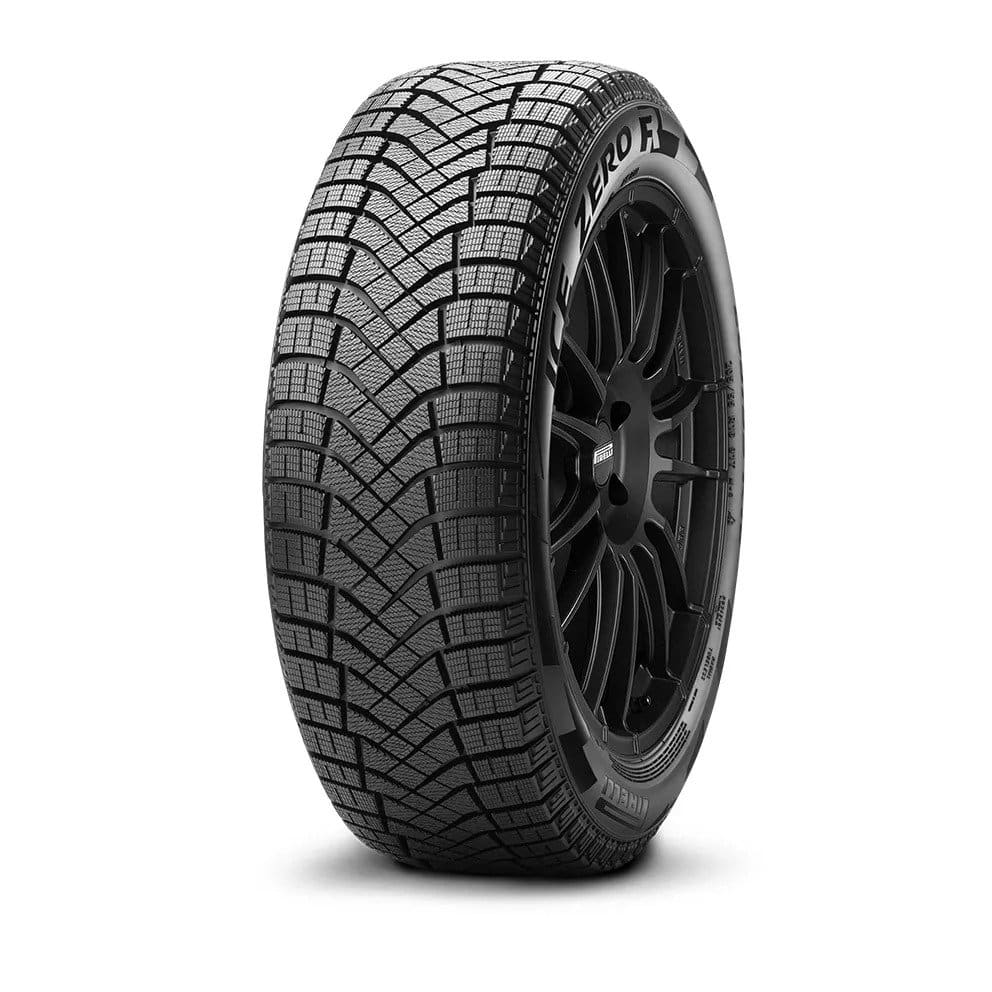
Don't know the correct size tire to purchase? Start here!
Although not as famous as its above rivals, the Ice Zero FR ticks as many boxes for EV owners.
A winter-specific tread compound keeps its rubber pliable in sub-zero temperatures, making sure the tire remains useful in harsh wintry conditions. Additionally, its tread pattern features aggressive sipes (aka biting edges) to help it dig in ice and slush.
Besides featuring sipes, the tread pattern also has a fair few grooves. Also known as water channels, these grooves give trapped water particles a way to leave the tread. It is this action that helps this model feature near the top of the aquaplaning resistance chart.
Another excellent news for EV owners is that the tire’s contact patch remains flat. This enables it to evenly distribute all the weight your electric vehicle will put on it, translating into even wear and, as you might guess, improved durability over the long term.
Best of all, this model is fun to drive. I have tested many winter tires and there are only a few whose dry handling characteristics are as good as that of the Ice Zero FR.
Yet that isn’t to say that it has no flaws. Independent tests report that its snow braking distances are average for the category. So you’d do well not to expect supremely short braking distances.
Pros
- Very good grip in the snow
- Dynamic handling in all conditions
- Short dry braking distances
Cons
- Average snow braking
#8. Hankook iON Winter
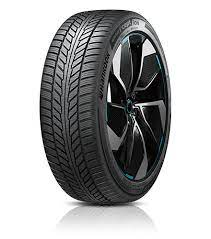
Don't know the correct size tire to purchase? Start here!
The Hankook iON Winter is one of the few snow tires specifically designed for electric vehicles. As a result, expect it to handle everything EVs can send its way.
The first of which is added weight. Since EVs are hundreds of pounds heavier than similarly sized gas cars, their tires need extra support to bear the extra weight. That is precisely what Hankook’s EV Contour Technology, which has increased its cornering stiffness by 7%, does.
Since EVs deliver instant torque, they put more stress on tires during acceleration from a stop. So their tires need to have higher wear resistance or else their tread will separate in no time. Guess what? That is precisely what this tire does. So you won’t have to replace it soon.
Other things EVs need from their tires is low rolling resistance and noise levels (for reasons already stated above). Luckily, with a 2% noise level (as measured by Hankook) and a tread compound focused on reducing rolling resistance, the iON Winter delivers on these counts as well.
Pros
- Specifically tailored for electric vehicles
- Provides superior handling in cold weather
- Low rolling resistance for improved fuel economy
Cons
- May struggle under the sun
How to Choose Winter Tires for EVs
Electric vehicles subject their cars to certain challenges that gas car tires don’t face. Add snow and ice to the mix, and the scale of challenges gets even bigger. So, unless you opt for specialized winter tires, significant drops in performance, range, and stability may follow.
Here are the qualities to look for when picking winter tires for EVs:
- Potent grip and traction during icy and snowy conditions: As with winter tires for gas cars, winter tires for EVs also need to provide superb grip to navigate snow- and ice-laden roads.
- Low noise levels: If you want to continue to enjoy your EV’s silent drive, the noise levels of the tires need to be as low as possible. How can you be sure? Make sure to check independent reviews like this one.
- High load bearing characteristics: Since EVs put much more weight on their tires than gas cars ever well, their tires need to have high load ratings. Or else, you’re staring at the possibility of premature tread separation.
- Low rolling resistance: No matter how good a tire is on all the above counts, you may still hate it if it severely dents your EV’s range, right? It is thus recommended to opt for tires with as low rolling resistance as possible.
Conclusion
The best winter tires for electric vehicles don’t ask you to choose between superb traction on snow and ice, low rolling resistance for an unchanged range, and even wear for long road life. They offer a combination of all three, helping you look forward to rather than dread driving in the snow.
